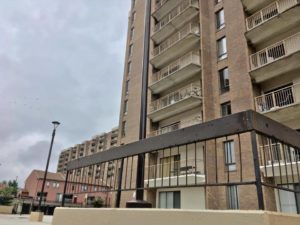 -Ron Lapitan, Former Community Outreach Coordinator
-Ron Lapitan, Former Community Outreach Coordinator
My energy at work has been devoted to developing the curriculum for our high school leaders lately. While our doctors see free patients in the bustling clinic, I sit in the backroom writing, typing, and scrapping. When I need ideas, I take a brainstorming walk in the apartments behind our clinic.
The curriculum outlines principles learned from participation in various community building programs and movements for effective social action that is organic, systematic, and non-adversarial, the kind we want our high school students to live to pursue. Their goal: to build a culture of health and human rights.
One principle is engaging universal participation. The field of development is replete with interventions which revolve around an external group entering a community to offer aid, which the community passively receives, and then leaving. Development of this kind suffers four inadequacies: 1. Solutions are often disconnected from the actual needs and reality of the community. 2. They don’t actually build the community’s capacity to address its own reality, thus solutions are only short-term because they rely on outside resources. 3. They don’t create change on the level of values because they don’t engage people to examine their own beliefs and ways of life. 4. They often have a narrow definition of development which divides communities into “developed” and “undeveloped,” largely based on material standards of progress. But when it comes to problems such as climate change, which is the subject of one of the curriculum’s modules, to which “developed” countries contribute the greatest to while “undeveloped” communities suffer most from the health and human rights impacts, which communities are in greater need of development and a reexamination of our patterns of life?
To lead a social movement based on universal participation, the second principle is a focus for building capacity in individuals. This involves reexamining one’s understanding of human nature, which impacts the methods one chooses to try to create change. For example, if one’s understanding is that humans are self-interested, finding our greatest motivation in self-maximization, are we not likely to choose solutions that revolve around superficial incentivization, such as encouraging a community to send its daughters to school by providing a financial reward? Imagine instead seeing individuals as mines filled with gems of inestimable value, having everything we need to create a different kind of world; such as talents and skills, a desire for change, and a sense of justice. Finding our greatest joy in being connected with others and to a higher purpose. Then solutions would attempt to tap into this inherent desire and potential, such as a group of neighbors creating spaces of conversation for community members to discuss their experience of gender norms, and the importance of sending local girls to school to the community’s progress.
To effectively build capacity, the third principle is seeing potential in others. This involves a commitment both to searching for the strengths in others and not being fixated on their faults. It understands that what we see in the world as imperfection, and even as corruption and evil, has no constructive substance of its own on which to build from. They are like darkness, which has no substance and is only what fills the space in the absence of light. In the same way, ignorance is only the absence of education, disunity the absence of unity, apathy the absence of inspiration, and hate the absence of love. If one wishes to rid the world of darkness and affect fundamental change, there is no foundation on which to do it simply by decrying and cursing the darkness. Darkness can only be dissipated by cultivating light.
I get excited, thinking about the next generation with a new imagination of change.
“Darkness cannot drive out darkness; only light can do that. Hate cannot drive out hate; only love can do that.”
-Martin Luther King Jr.
“The best way to predict the future is to create it.”
-Abraham Lincoln
#healthasright #youthteams


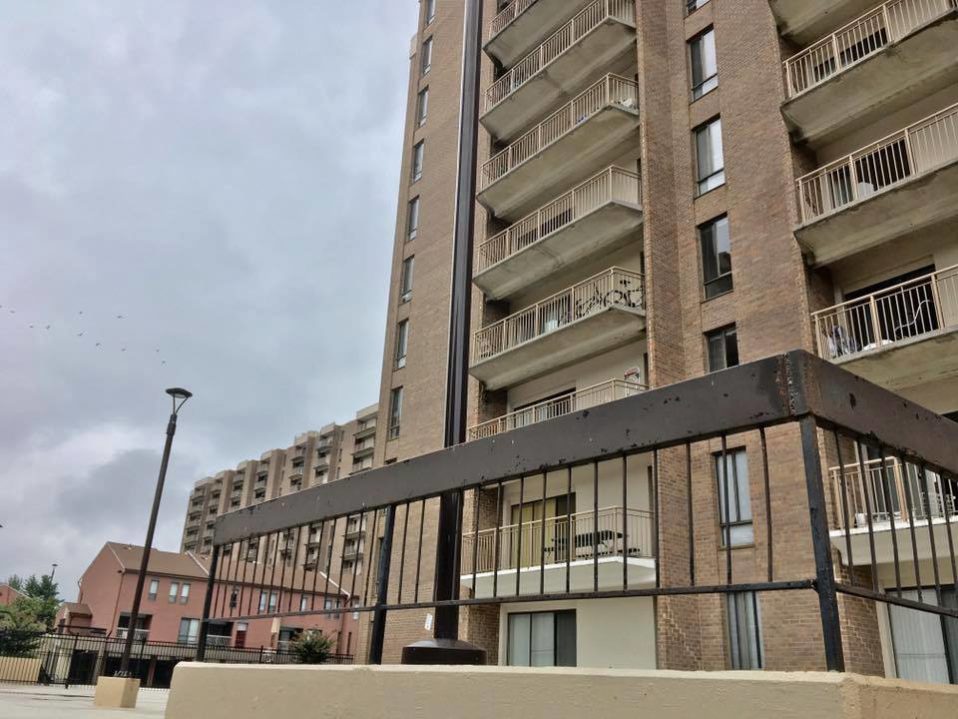
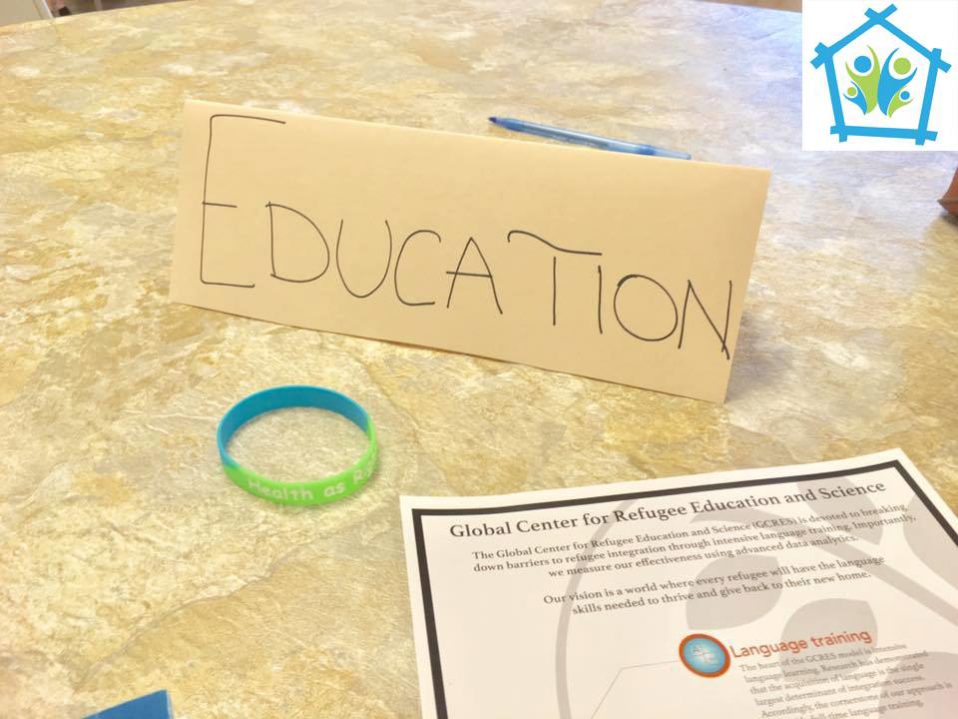
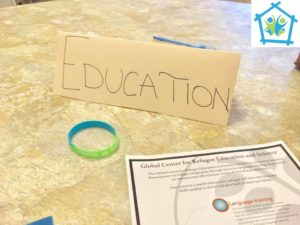 -Ron Lapitan, Former Community Outreach Coordinator
-Ron Lapitan, Former Community Outreach Coordinator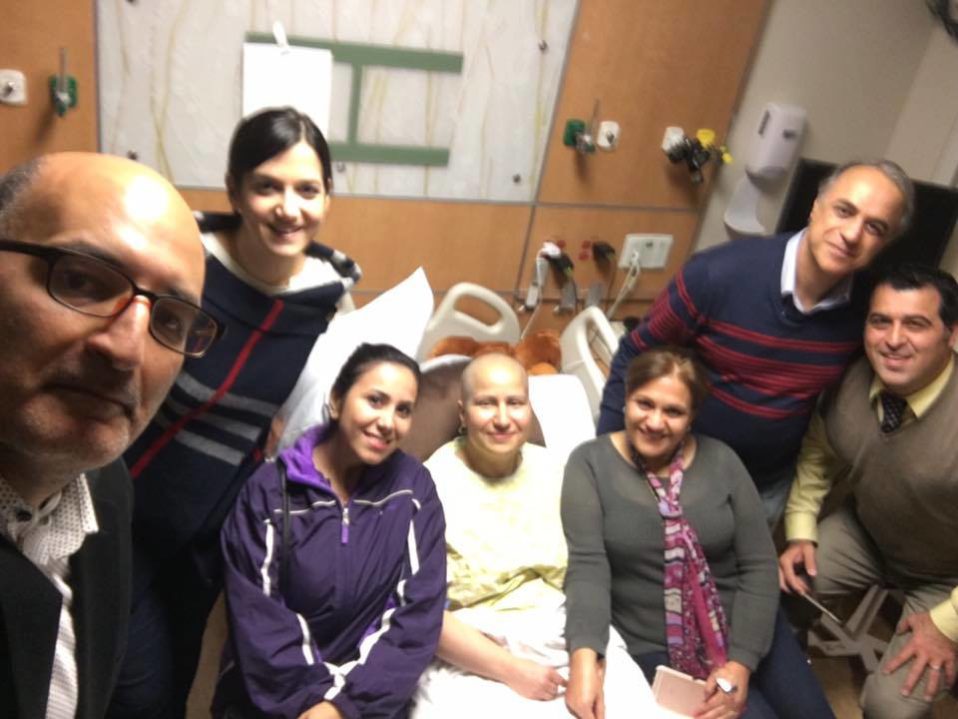
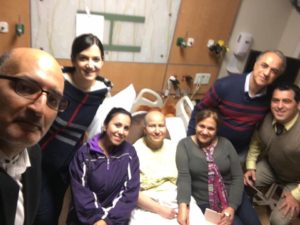 -Ron Lapitan, Former Community Outreach Coordinator
-Ron Lapitan, Former Community Outreach Coordinator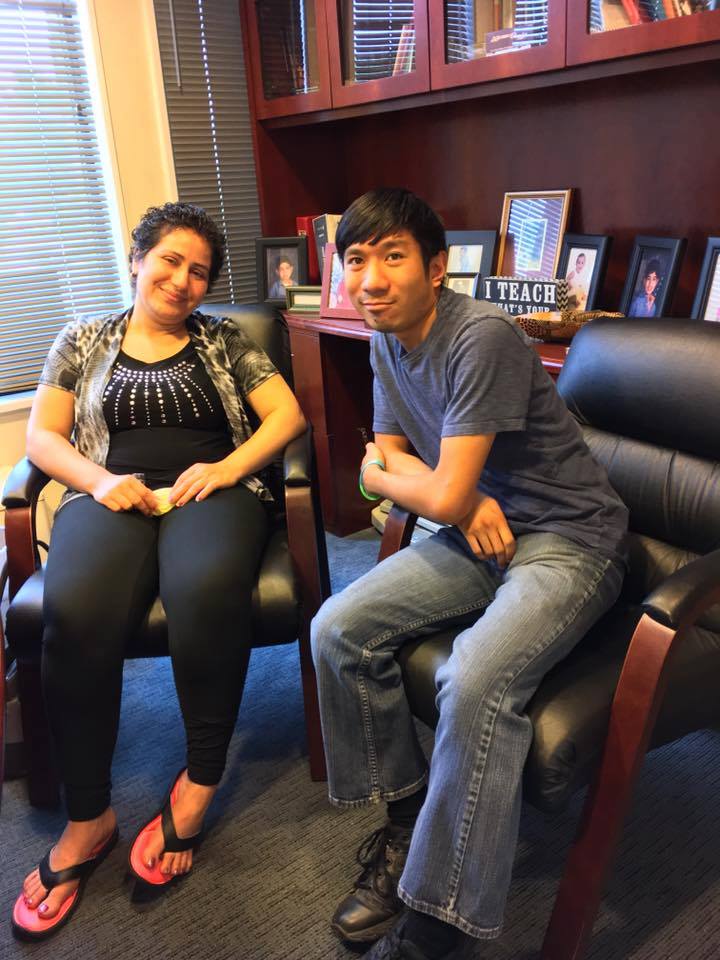
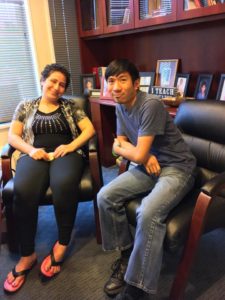 -Ron Lapitan, Former Community Outreach Coordinator
-Ron Lapitan, Former Community Outreach Coordinator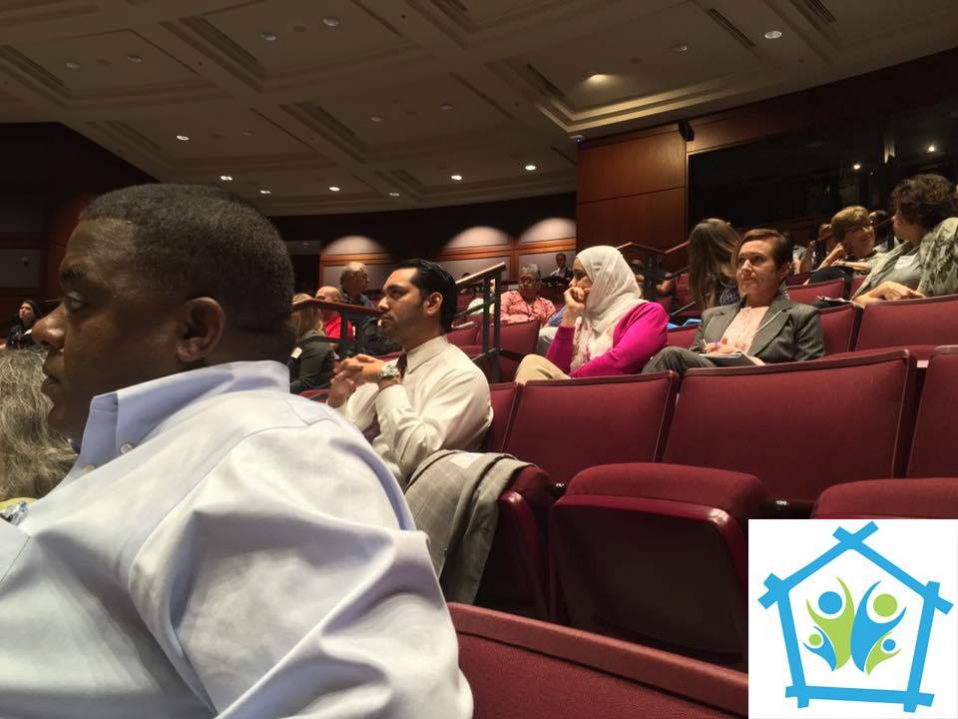
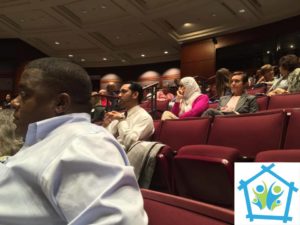 -Ron Lapitan, Former Community Outreach Coordinator
-Ron Lapitan, Former Community Outreach Coordinator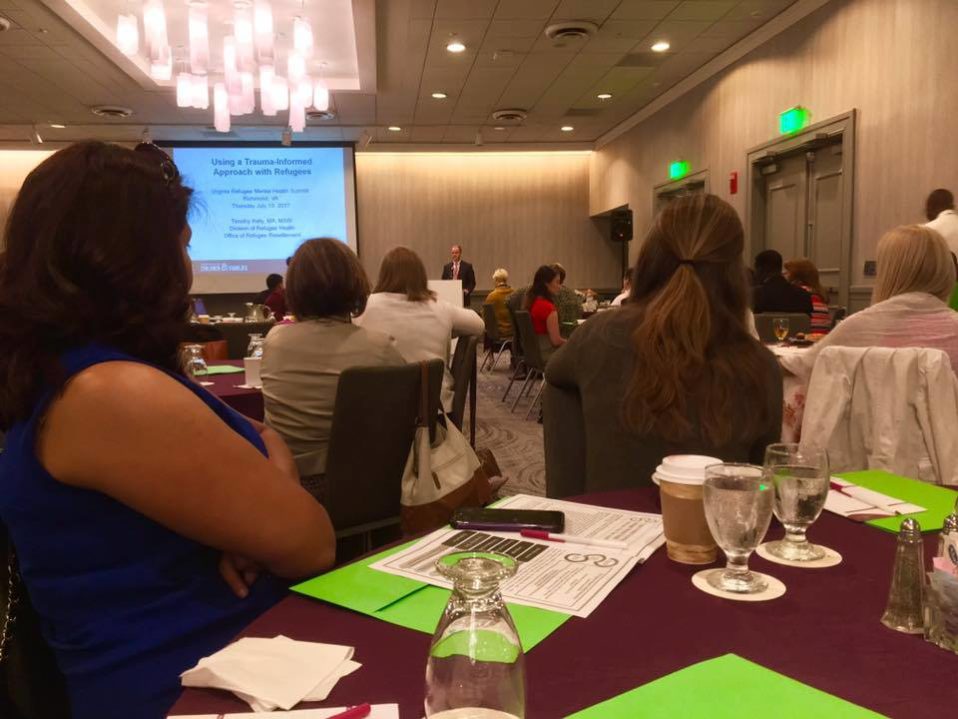
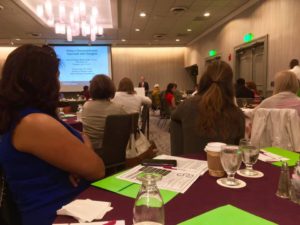 -Ron Lapitan, Former Community Outreach Coordinator
-Ron Lapitan, Former Community Outreach Coordinator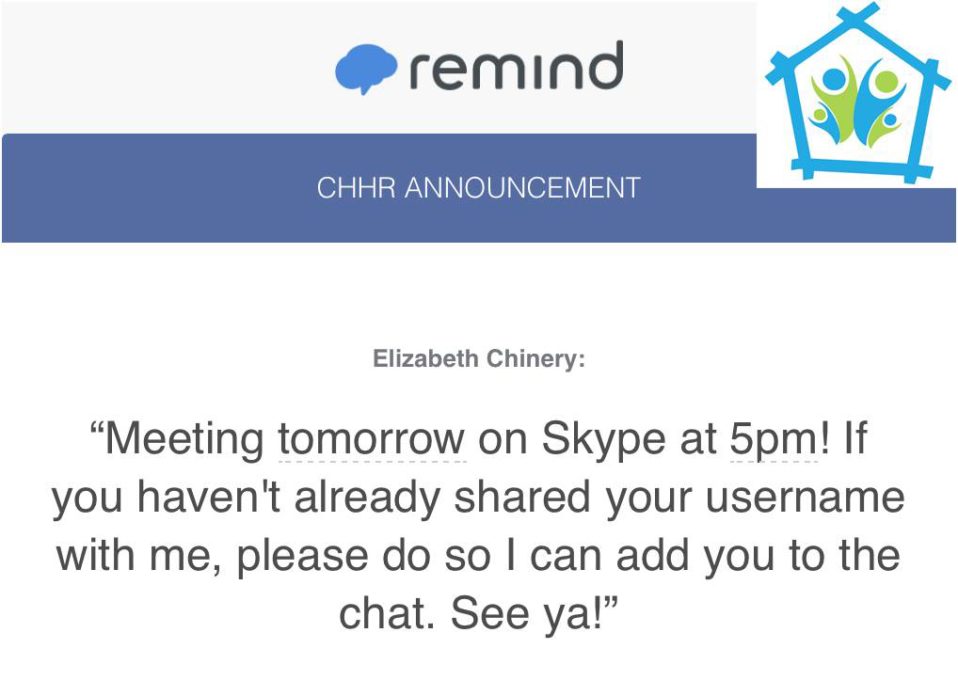
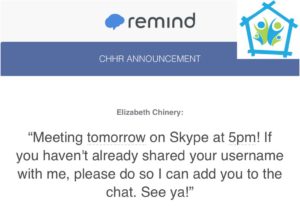 -Ron Lapitan, Former Community Outreach Coordinator
-Ron Lapitan, Former Community Outreach Coordinator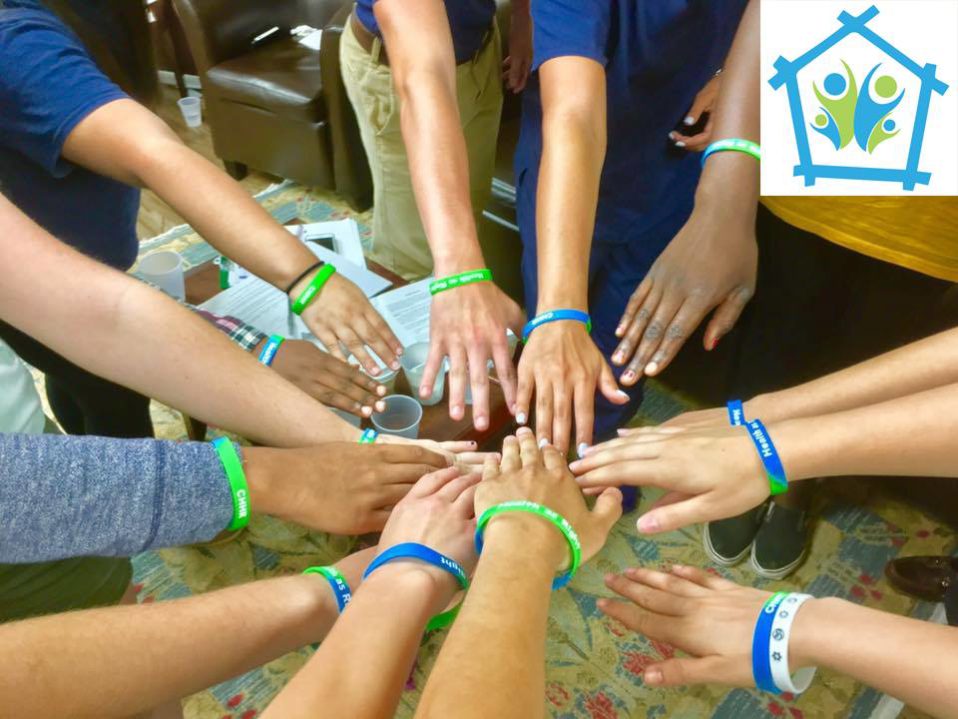
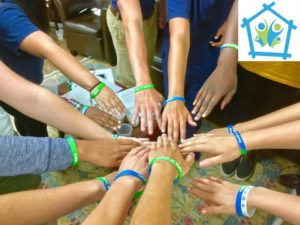 -Ron Lapitan, Former Community Outreach Coordinator
-Ron Lapitan, Former Community Outreach Coordinator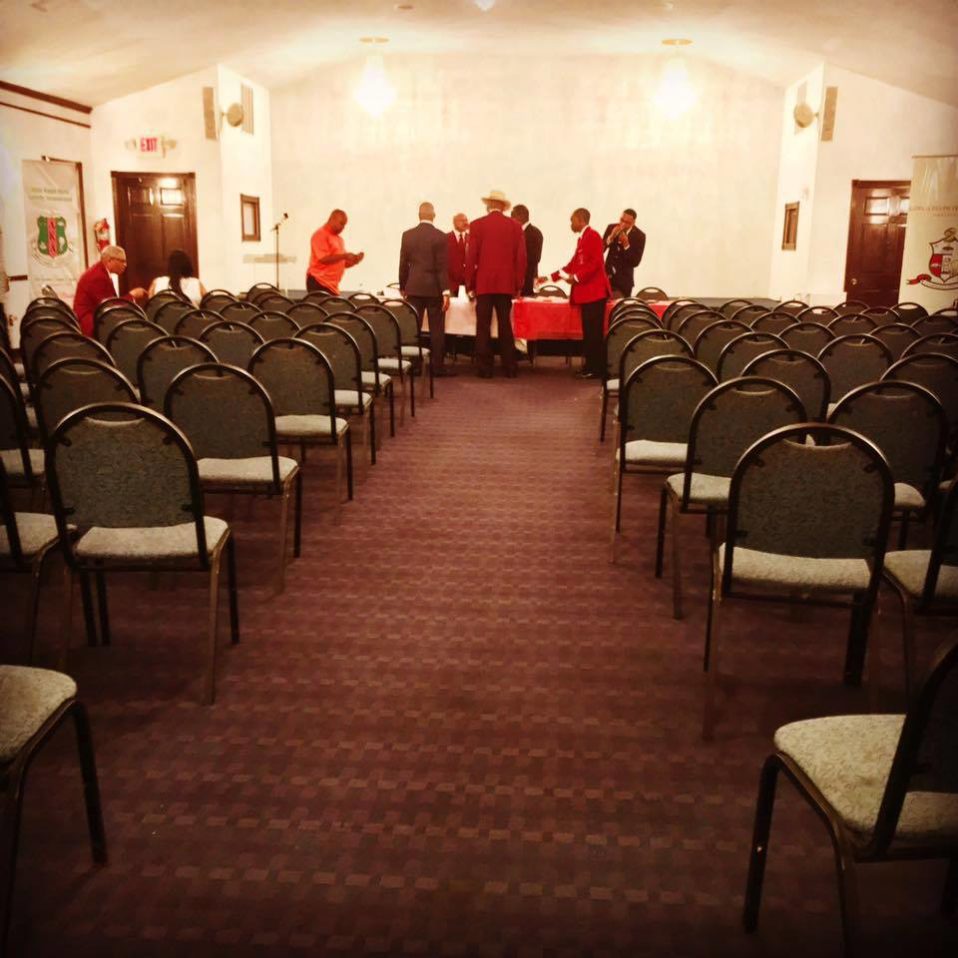
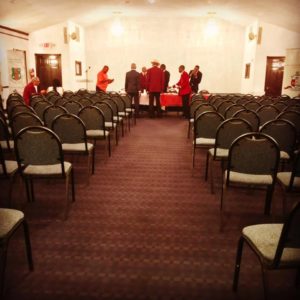 -Ron Lapitan, Former Community Outreach Coordinator
-Ron Lapitan, Former Community Outreach Coordinator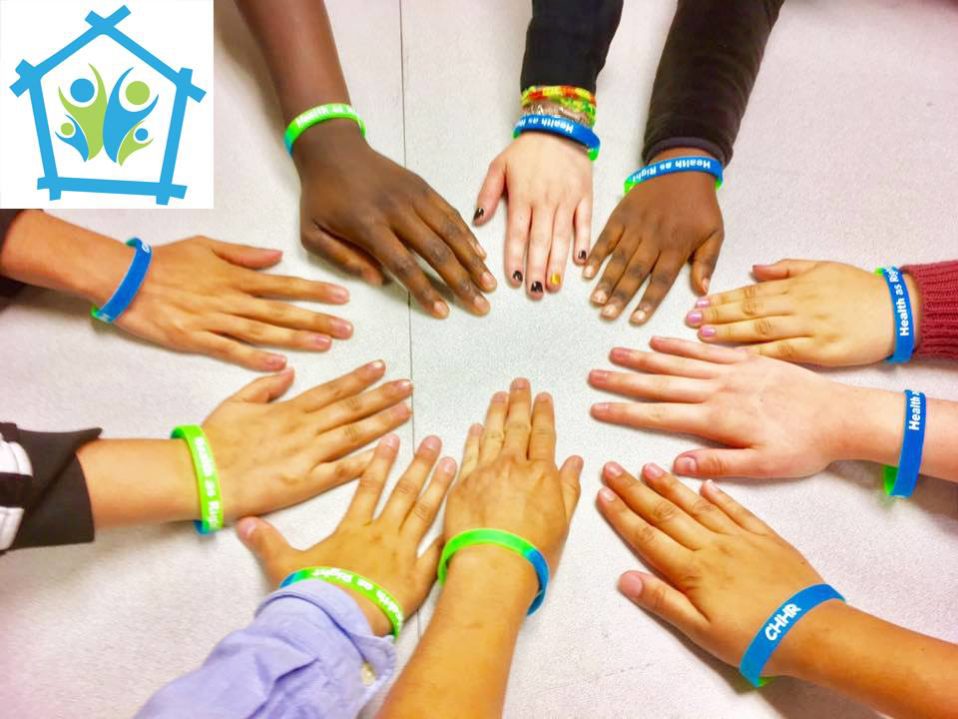
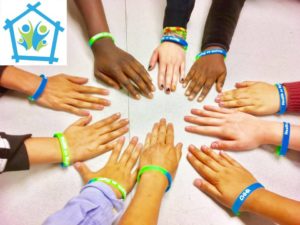 -Ron Lapitan, Former Community Outreach Coordinator
-Ron Lapitan, Former Community Outreach Coordinator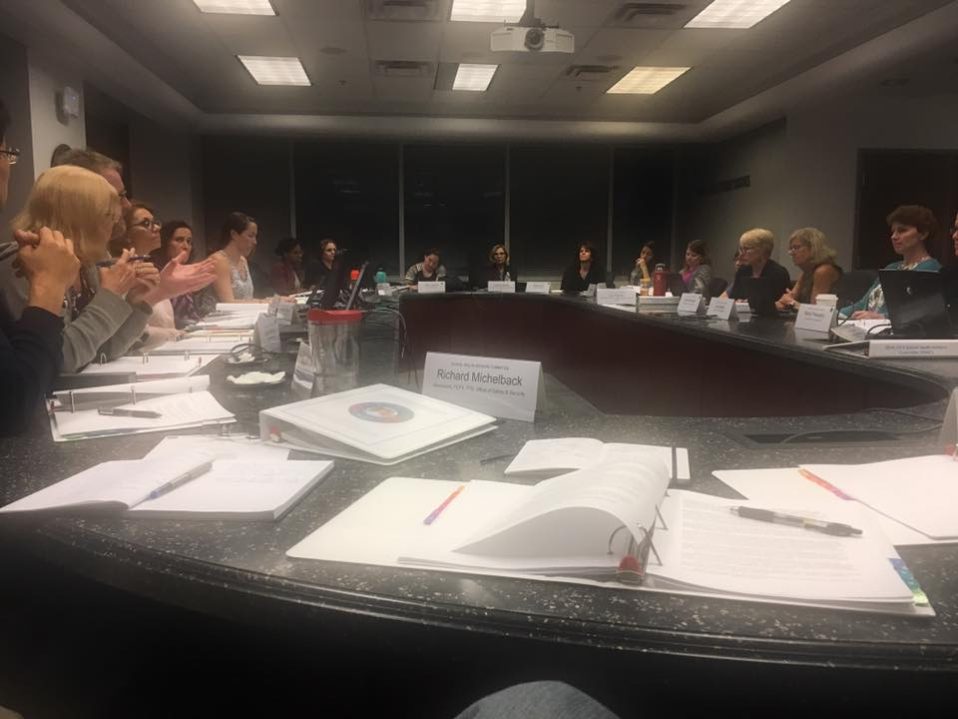
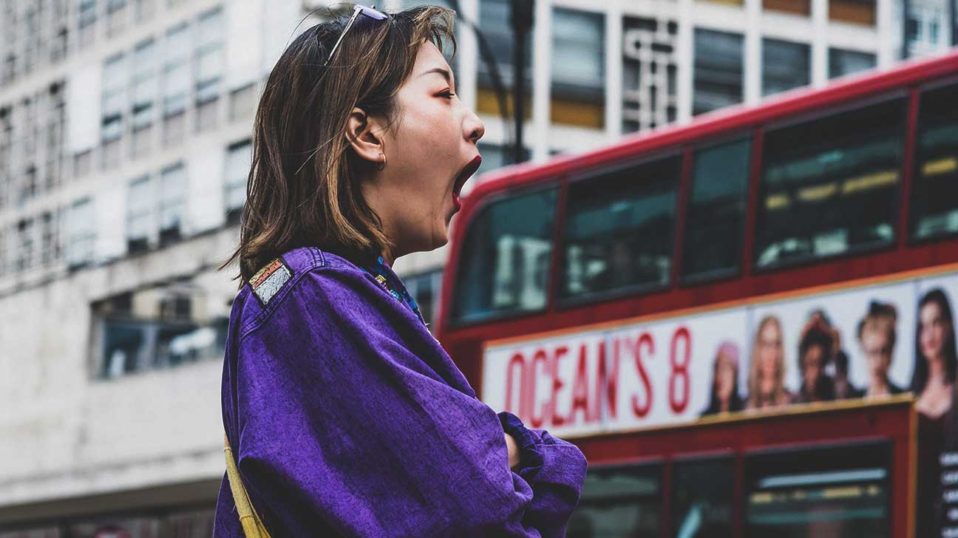
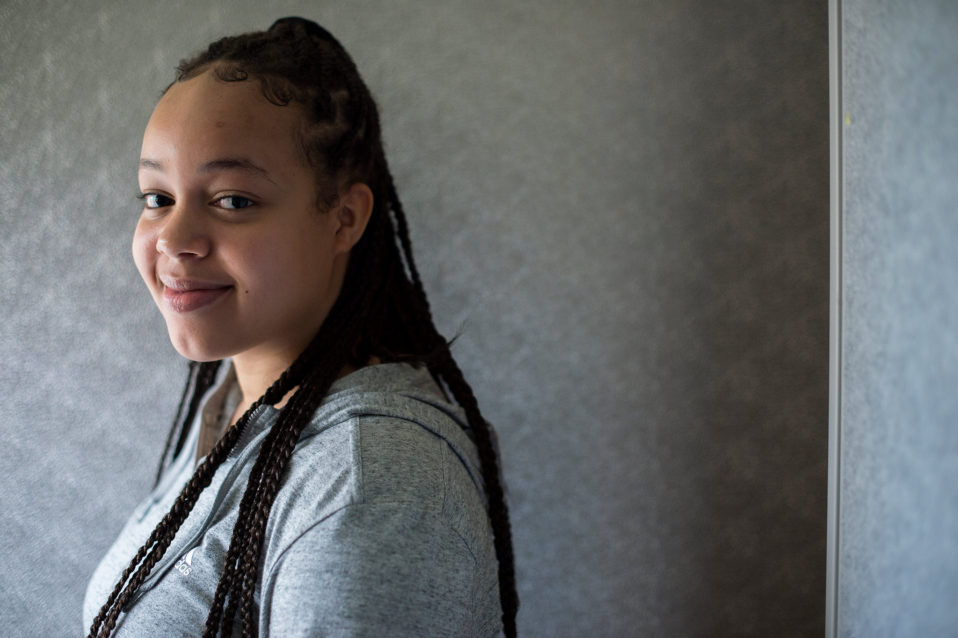
Recent Comments